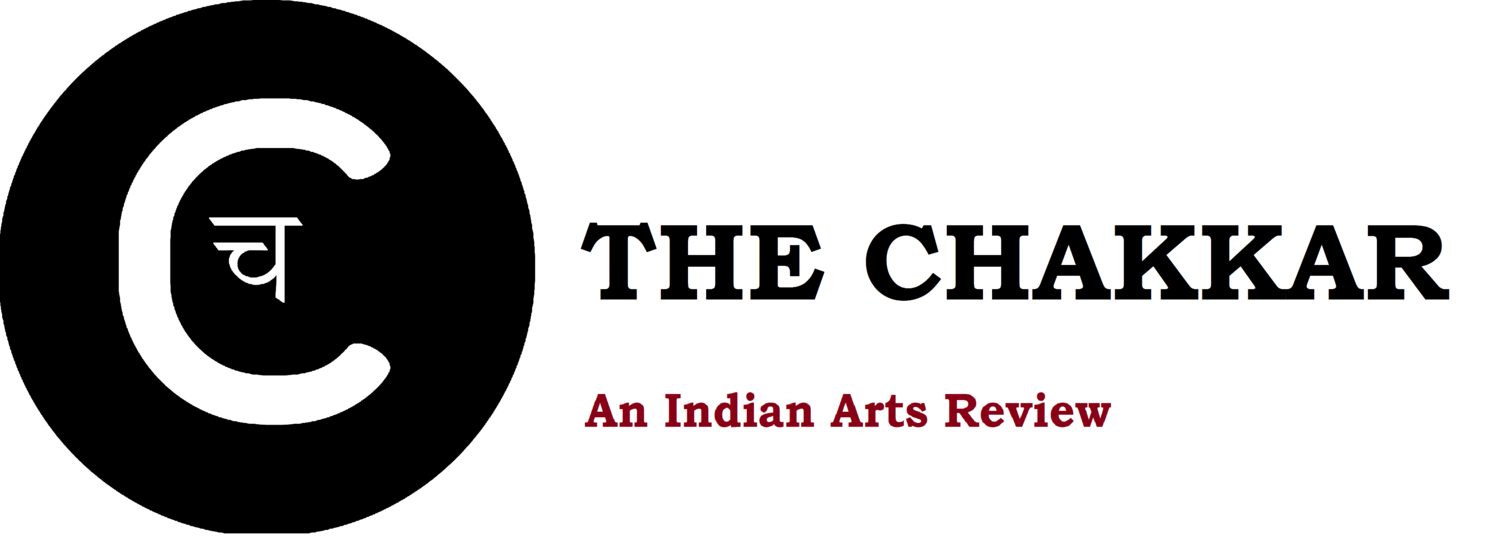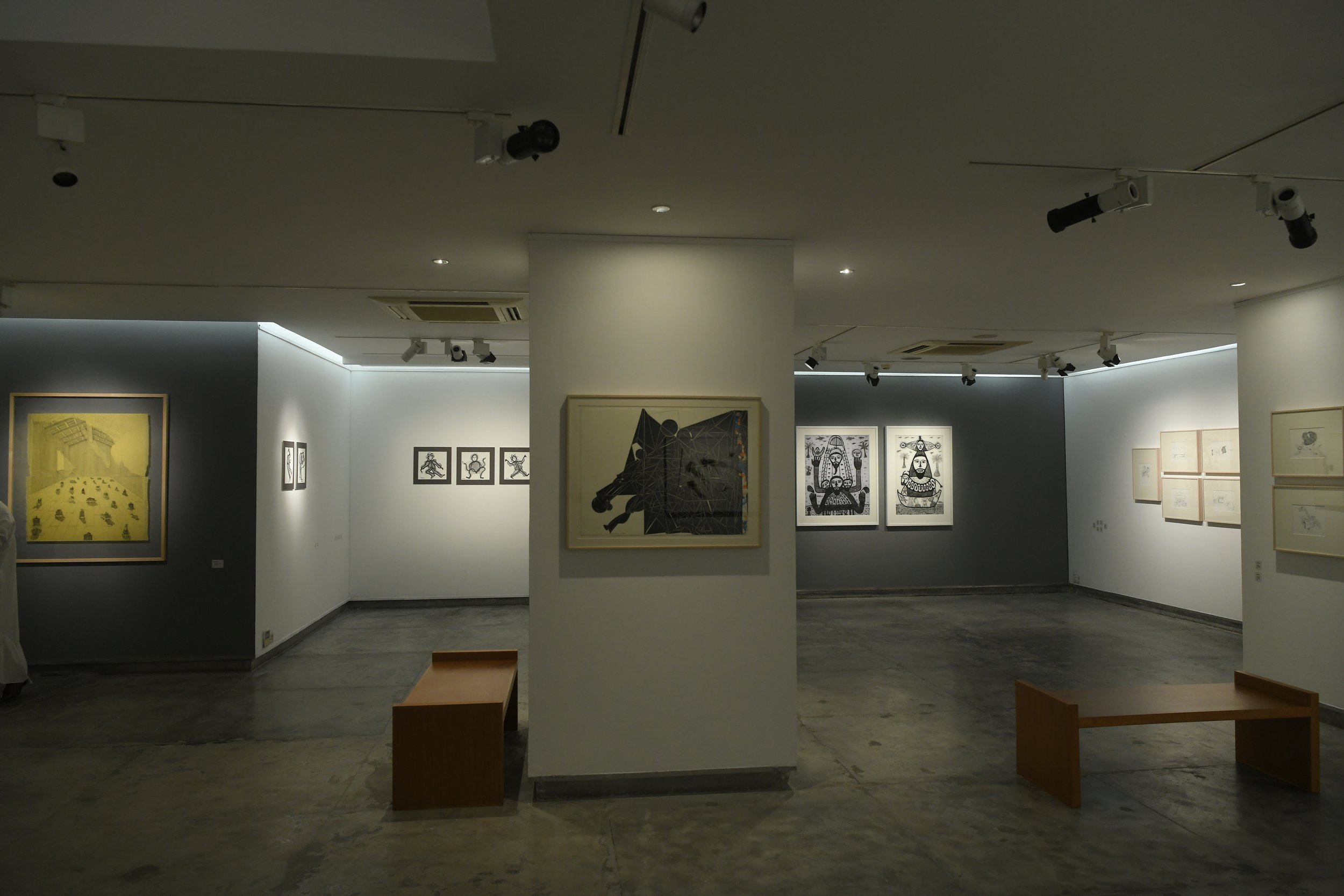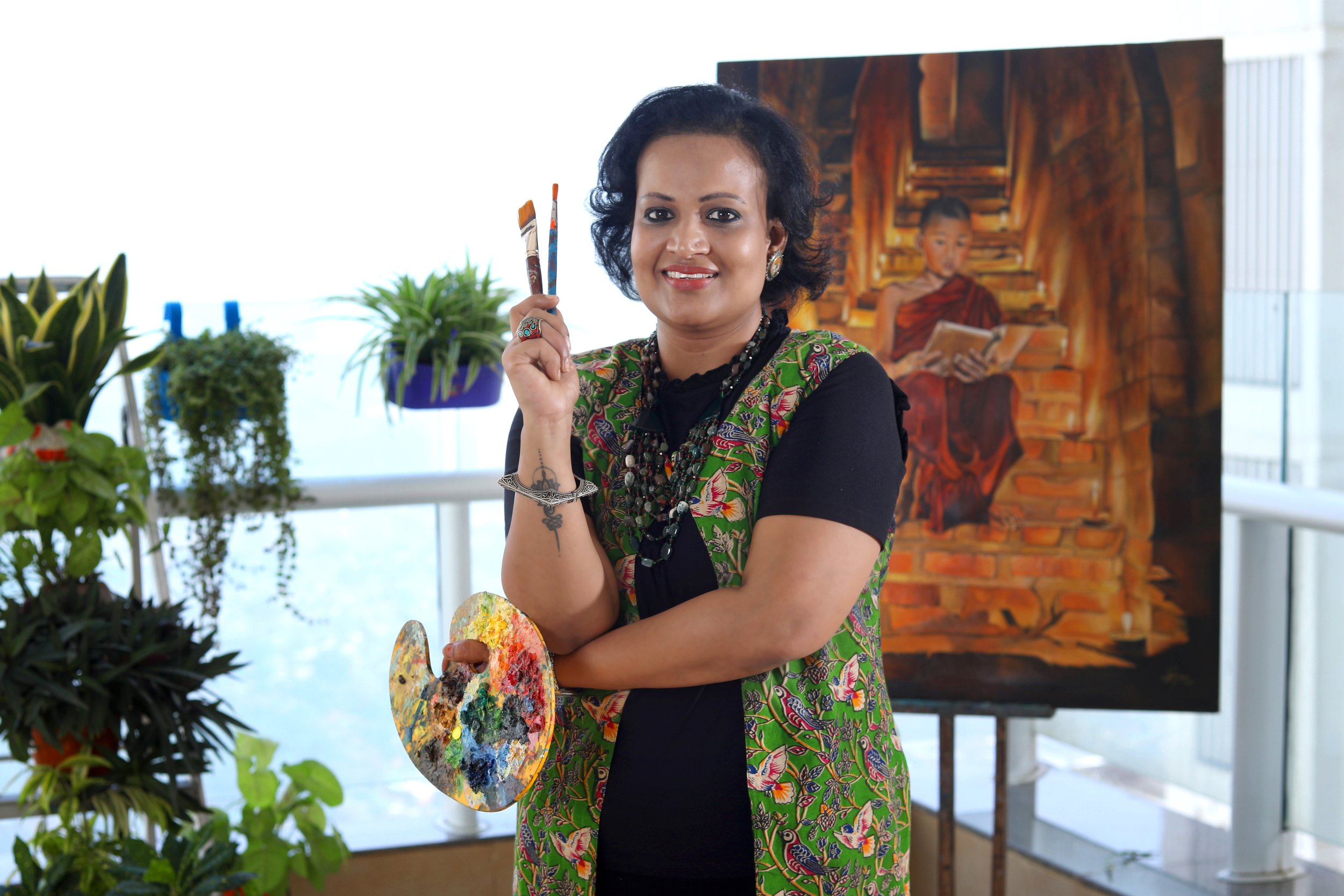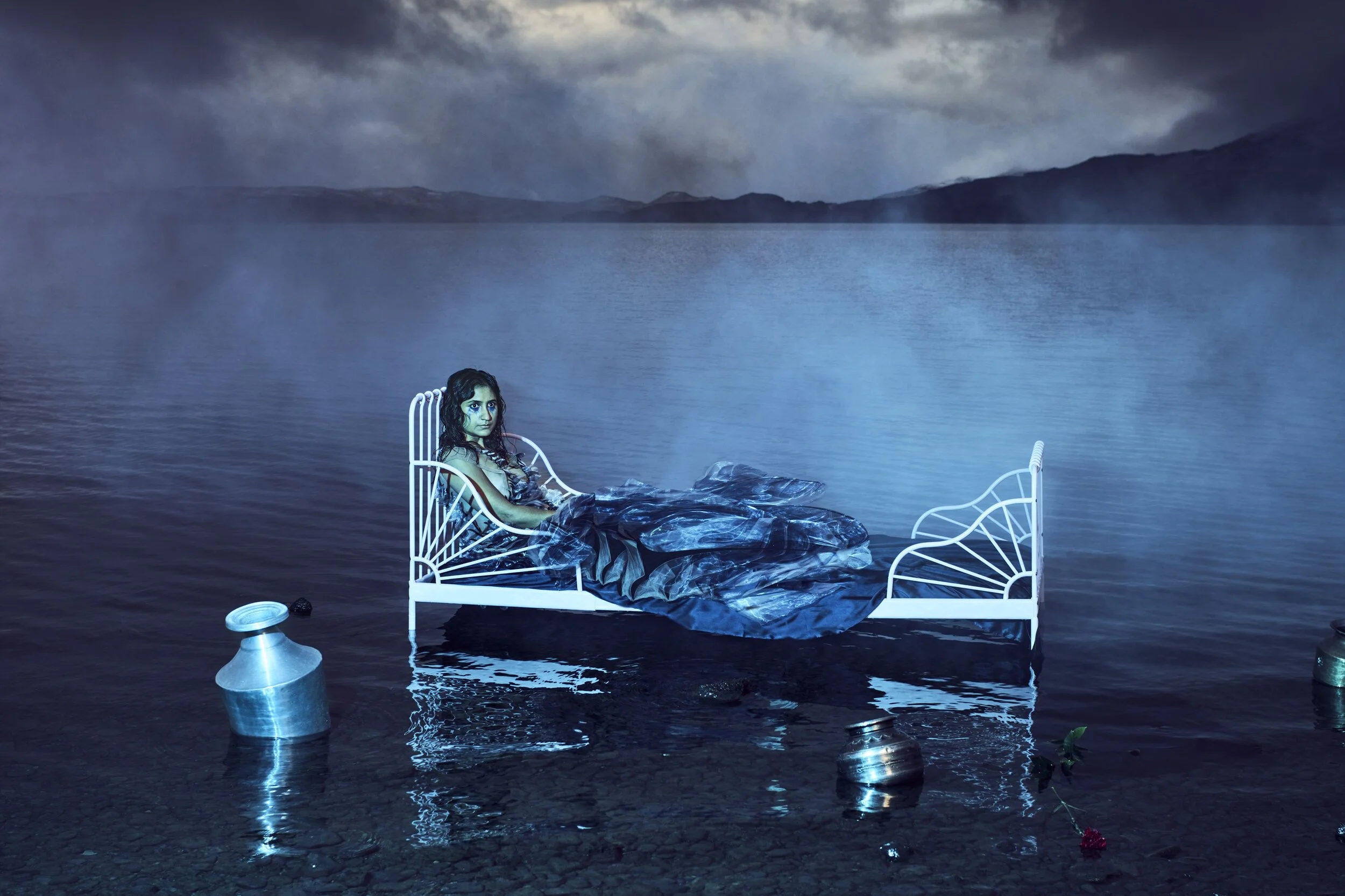Art
In a famous verse, Kabir wrote, “The river that flows in you also flows in me.” Inspired by this grand uniting spirit of humanity, transgender artists of the Aravani Art Project presented their artwork in front of the Ganga in Varanasi. By Karan Madhok
In a new collection, Goan artist Harshada Kerkar paints intimate portraits to celebrate the lives of locals and villagers around Mussoorie. By Karan Madhok
“What is the relationship a person has to a landscape, their land, and a home?” Shalmali Shetty speaks about her career as a curator, global themes of home and homecoming, and the changing atmosphere for artists around the world. By Deekshith Pai
Photo Essay: In a visit to the Serendipity Arts Festival in Panjim, Goa, Deekshith Pai explored the political complexities of contemporary art while rediscovering his own ancestral lands.
Featuring artwork by some of India’s greatest artists, “Ink” at New Delhi’s Gallery Espace plays the role of a catalyst in thinking beyond the normative practices of art-making, art showcasing, and curatorial interventions. By Satarupa Bhattacharya
An exhibition of work by T.S. Satyan—dubbed ‘the father of photojournalism in India—presents him as an image maker who found lightness and joy in chaos. By Bindu Gopal Rao
The fifth edition of the international art residency ‘Chitrashaala’ concluded in Mukteshwar, inspiring over a hundred new artworks by artists from all around the world at the foothills of the Himalaya. By Bindu Gopal Rao
With people spending more time at home post-pandemic, Bindu Gopal Rao tracks the rise of custom art in India: The standard, cookie-cutter work is no longer the preference, as consumers strive for art that reflects their personality and life journey.
Nusrat Ahmed—curator of the South Asia Gallery at Manchester Museum—spoke about the complicated history of colonial artefacts in British museums, the importance of preserving history through art, and the impact she hopes the gallery will have for future generations. By Karan Madhok
At Bengaluru’s gallery g, an exhibition of India’s artistic century journey from 1850 to 1950 presents a complex synthesis, resulting from the cross-pollination of old and new, Indian and European, traditional and innovative. By Bindu Gopal Rao
Inspired by her visit to monasteries in Ladakh, to the ghats of Ganga at Varanasi, Kedarnath, temples of south India, Kanheri caves at Mumbai and more, artist Shruti Goenka created a series of artworks peppered with elements of spirituality in the series “Antarman—A Journey Within”. By Bindu Gopal Rao
In the work of Indian modernist master Gopi Gajwani, the art features a strong sense of swirling and distancing, one that emerges as a glimpse of an image that is at once illusive and difficult to escape. By Satarupa Bhattacharya
Held in Mumbai, the exhibition Woman is as Woman Does presented moving homages to feminist artivism and archives of alternate ‘doings’, across the years since India’s Independence. By Anna Lynn
In interaction with contemporary South Asian art, Jahnabi Mitra asks, how can artists truly help with climate change action? What larger purpose can these works serve? Or do they end up normalizing the dystopic times ahead?
M. Pravat’s solo exhibit, ‘Concrete Dusk’ showcased a breath-taking collection of burnt brick sculptures and paintings in abstraction, exploring the essence of the cityscape. By Satarupa Bhattacharya
In his latest exhibition, Ashok Bhowmick creates a dialogue between the artist and his viewers without any façade, inviting people to engage with his visual play of geometric shapes and patterns, colours, lights, shadings, and textures that inadvertently take shape. By Satarupa Bhattacharya
A recent exhibition at New Delhi’s National Museum explored the lives and lifestyles of 19th century Indians, with stories of the resilience of many unknown and known Indian artists. By Bindu Gopal Rao
Thukral and Tagra’s new and upcoming project titled “and Archive” is a unique collection of interactive artistic books and games that drive key messages of social and environmental consciousness. By Bindu Gopal Rao
Manisha Gera Baswani’s recent exhibition speaks of healing and the intricate process of creation, where the art deeply links the connections between pain, grief, and beauty. By Satarupa Bhattacharya
A treasure trove of rare objects, paintings, manuscripts and carpets from across the Middle East, India and Europe comprise the spring edition of Christie’s Art of the Islamic and Indian Worlds. By Medha Dutta Yadav
In his work, Rahul Chauhan interrogates the democratic, new-age space aura of technology to develop a coronation of colour, a palpable palette with a touch on the canvas, a wonder and other-worldliness. By Nirali Lal
How a photo exhibition in Bengaluru narrated lived desires that break through ideals of beauty and ageing, of fixed gender identities and permitted dreams. By Anna Lynn
How recently-formed collectives in Assam have focused on the socio-political and ecological issues of the state, and initiated a new public imagination through engagement in arts. By Jahnabi Mitra
From India to Europe, art to photography, the canvas to the dark room, Kothandaraman Sambandan continues on an undefined journey to explore more avenues of creation. By Satarupa Bhattacharya
Distortions and intimacy, revulsions and beauty: Celebrating the art of one of India’s great masters—Jogen Chowdhury—whose work continues to provide new insights to our world. By Medha Dutta Yadav
Head of design at Penguin Random House India Ahlawat Gunjan discusses the art of book covers, the collaboration of literature and design, of sales and inspiration, and the magic process making it all come together. By Varud Gupta
In Patna, Bihar, a community-led art installation Khud Se Pooche highlights the urgent need for women seeking access and dignity in healthcare. By Priyanka Sacheti
Rachita Vora’s ‘The Mumbaikar’ art series pays tribute to Mumbai and its people, in a homage to the iconic magazine covers of The New Yorker. By Medha Dutta Yadav






























Essay by Tansy Troy: ‘As arresting now as when first sculpted, Navjot’s contemplation of the feminine form is no less contemporary, no less urgent to consider than when she created the red-and-blue lady thirty years ago.’